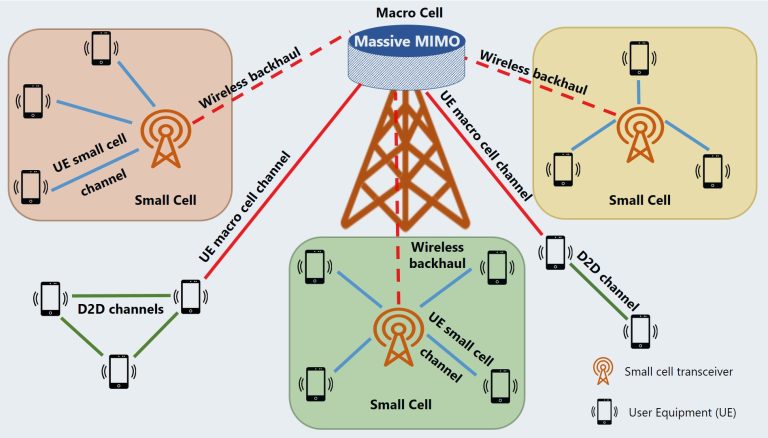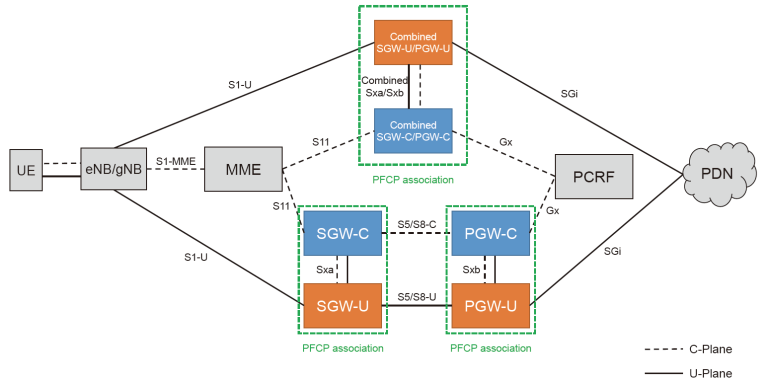What is WGET? Exploring the Role of the Working Group on Emergency Telecommunications
telcomatraining.com – In today’s rapidly evolving world, technology plays a crucial role in ensuring that we stay connected, especially during emergencies. One organization at the forefront of emergency communication is the Working Group on Emergency Telecommunications (WGET). But what exactly is WGET, and how does it contribute to global safety during crises? This article delves into the significance of WGET, its objectives, and how it supports emergency telecommunications worldwide.
Understanding WGET: An Overview
The Working Group on Emergency Telecommunications (WGET) is a collaboration of international experts, organizations, and governments, focused on enhancing telecommunications during emergency situations. Established to improve the use of telecommunications in disaster response and recovery, WGET serves as a platform to discuss, implement, and refine policies, standards, and technologies that can help during crises.
WGET is particularly concerned with ensuring reliable communication networks during natural disasters, man-made crises, and other emergencies. Telecommunications in such situations can be the difference between life and death, enabling rescue efforts, disseminating vital information, and coordinating resources for a swift recovery.
The Role of WGET in Emergency Situations
- Ensuring Communication in Crisis Zones
One of the primary goals of WGET is to ensure that communication infrastructure remains operational in areas affected by disasters. Whether it’s an earthquake, hurricane, or a terrorist attack, traditional telecommunications systems can often be severely disrupted. WGET works to develop solutions that maintain or rapidly restore communication capabilities. This includes deploying mobile networks, satellite links, and temporary communication systems.
- Collaboration with Global Organizations
WGET plays a key role in uniting various stakeholders involved in emergency communications. This includes partnerships with organizations like the United Nations, the International Telecommunication Union (ITU), national governments, and non-governmental organizations (NGOs). These collaborations help in sharing knowledge, resources, and best practices for improving emergency telecommunications worldwide.
- Creating and Implementing Standards
A critical function of WGET is the creation of standards for emergency telecommunications. These standards ensure that the technologies and strategies used are effective, interoperable, and scalable. For example, they might define how to set up emergency communication centers, the use of satellite communication, or the integration of digital platforms to share real-time information. By creating standardized protocols, WGET helps ensure a consistent and coordinated response during emergencies.
- Training and Capacity Building
The need for trained professionals who can deploy and manage emergency telecommunications is another area that WGET focuses on. Through its initiatives, WGET provides training programs, certifications, and resources to equip personnel with the necessary skills. This preparation is vital for efficient and timely response when disaster strikes.
- Innovation and Technology Development
Technological advancements have made a significant impact on emergency telecommunications. WGET actively explores emerging technologies such as drones, high-speed internet via satellites, and other cutting-edge tools to improve communication in disaster zones. Through its work, WGET encourages innovation to ensure that no matter how severe the crisis, effective communication solutions are always within reach.
The Importance of WGET’s Work
In the context of global disasters, timely and efficient communication can save lives. WGET’s role is integral in bridging the gap between disaster response teams and the people they are trying to help. By improving emergency telecommunications, WGET ensures that responders can communicate with affected communities, share critical information, and coordinate rescue and relief efforts.
The importance of these activities is highlighted by the increasing frequency of natural disasters, such as hurricanes, wildfires, and floods, as well as man-made crises like conflicts and terrorism. As these events become more common and more complex, the need for reliable telecommunications systems becomes even more urgent.
Conclusion
The Working Group on Emergency Telecommunications (WGET) plays a vital role in ensuring that effective communication is maintained in times of crisis. By developing standards, fostering international collaboration, and innovating new technologies, WGET has become a cornerstone of emergency response efforts worldwide. Its work not only saves lives but also helps rebuild communities by providing the tools necessary to navigate the aftermath of disasters. As the world continues to face increasing threats, WGET’s contribution to emergency telecommunications will remain indispensable in saving lives and supporting recovery.
For those involved in disaster preparedness and response, understanding and supporting the initiatives of WGET is essential to ensuring that we are ready for any emergency.







